Maintenance Tips, Tricks And Hacks For Your Vehicle

Vehicle Maintenance Tips and Guides
As featured in….




Latest Posts
-
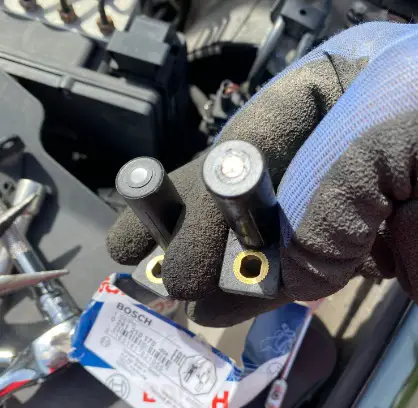
Crankshaft Position Sensor Lifespan
Crankshaft Position Sensor (CPS), is a pivotal component in your vehicle’s engine. Often referred to as the engine’s heartbeat monitor, the CPS plays a crucial role in ensuring optimal engine performance and efficiency. In this blog post, we delve into the intricacies of the Crankshaft Position Sensor’s lifespan, exploring the factors that influence its durability…
-
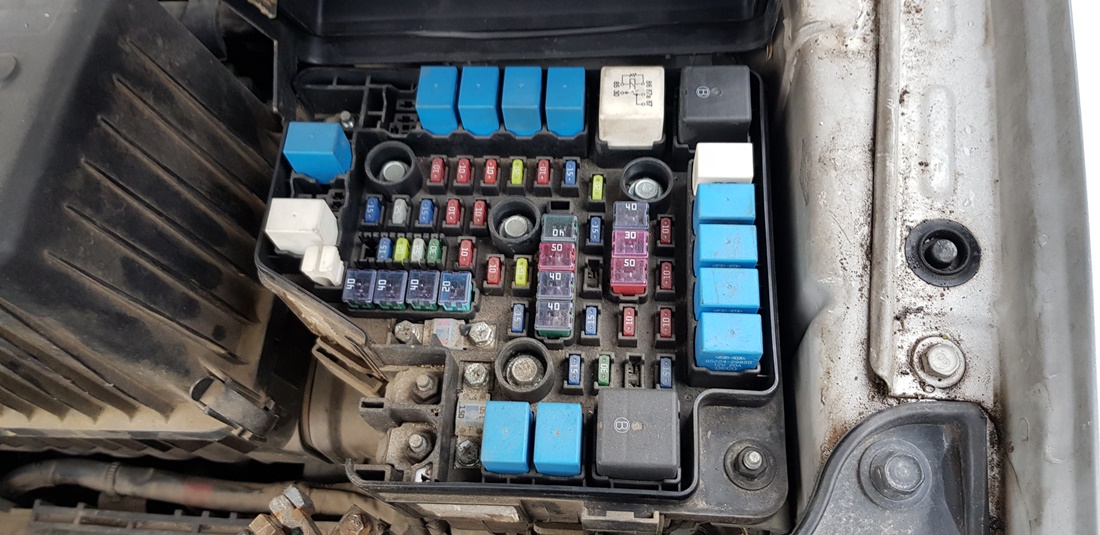
Crankshaft Position Sensor Fuse Location
This tiny component plays a significant role in the smooth operation of your vehicle’s engine, influencing everything from ignition timing to fuel efficiency. In this post, we delve into the often-overlooked but crucial aspect of vehicle maintenance and repair – locating and understanding the crankshaft position sensor fuse. The crankshaft position sensor fuse in cars…
-
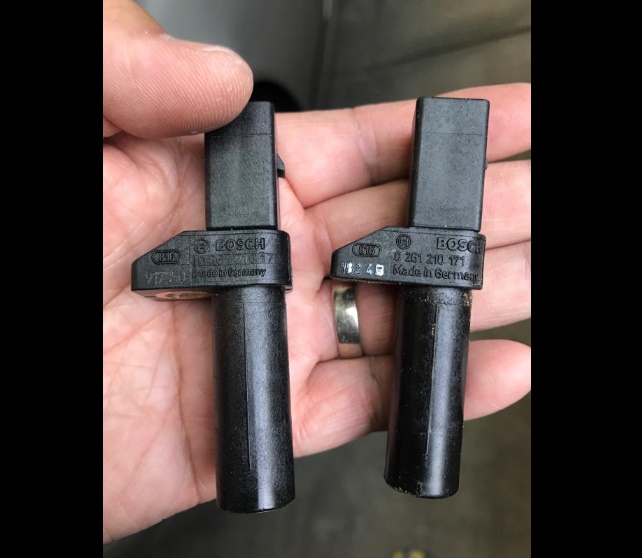
How to Replace Your Crankshaft Position Sensor
Replacing a crankshaft position sensor might seem like a daunting task, reserved only for seasoned mechanics, but with the right guidance, it can be an achievable challenge for even the most novice of car enthusiasts. This crucial component, often hidden within the intricate labyrinth of your engine, plays a pivotal role in the smooth operation…
-
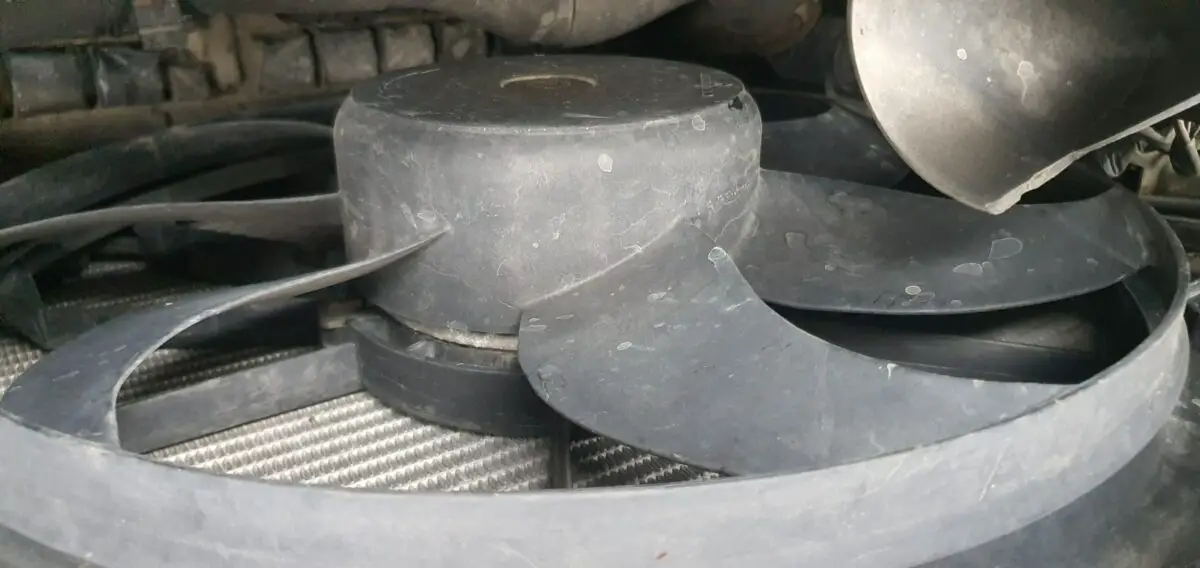
Why Is The Fan Making Noise After The Engine Is Turned Off?
When you turn off your car’s engine and still hear the fan running, it can be a puzzling and concerning experience. This phenomenon, while not uncommon, often raises questions about the health and functioning of the vehicle. The cooling fan, an essential component of a car’s cooling system, is designed to regulate engine temperature and…
-
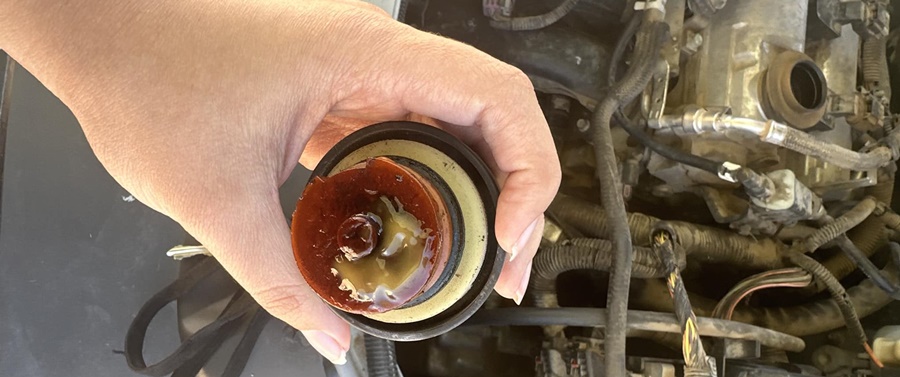
Do Cooling System Sealers Work? Get Expert Insights.
Coolant leaks can present a frustrating and potentially costly problem for vehicle owners. While replacing faulty parts can be effective, it can also be expensive. As a result, many car owners turn to cooling system sealers as a potentially more cost-effective solution. But do these sealers actually work? In this article, we will explore the…
-
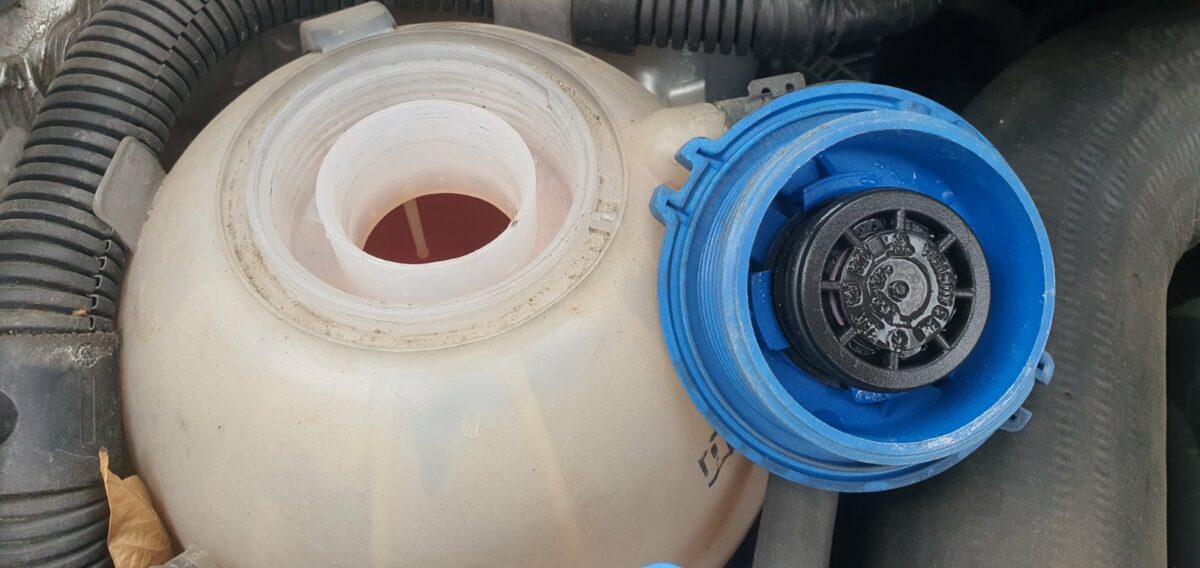
Will The Cooling System Bleed Itself?
One of the critical components of a vehicle’s engine is the cooling system. It plays a vital role in keeping the engine at an optimal operating temperature, preventing damage due to overheating. The cooling system consists of several parts, including the radiator, water pump, thermostat, and coolant. But, what happens when air pockets make their way into the system? Can the…